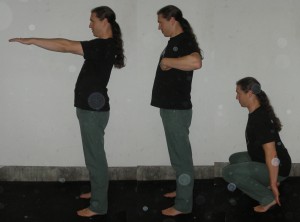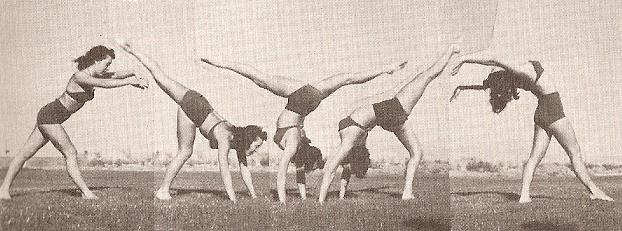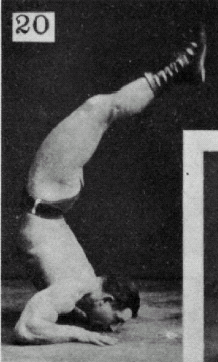Quite often I like to take part in what a friend and I have dubbed jokingly as “Lift and Learn.” This occurs when I end up expanding my mind and knowledge while doing a task that is repetitive and labor intensive. For me this means listening to an audio book to increase my knowledge base unless I really need to get moving with music.
During one of my Lift and Learn sessions, I was listening to a book called Smartcuts: How Hackers, Innovators, and Icons Accelerate Success, by Shane Snow. This is a great book that is full of case studies on hacking and lateral thinking. One of the chapters that really hit home involved a team of Surgeons at a children’s hospital in London and their percentage of success during their handovers between the operating room and the intensive care unit.
I’m not going to go into great detail about what was discussed during this chapter in the book, but I will give you the basics.
During a session of lengthy surgeries, two tired cardiac surgeons, Martin Elliot and Allan Goldman sat down at the television for a break. On their rest period, Formula 1® came on the television, and as they continued watching, one car pulled over to the side of the circuit for a pit stop. In that moment they came to a realization. While observing the pit crew get to work, they were astonished at how they were able to accomplish a set of tasks in 11 seconds that were pretty identical in concept to what they do in handover.
With this realization in place, a series of events occured that had the doctors learn the process of what the pit crew was able to achieve in coordination with heavier tools and an equally small space. From how their spacing from eachother, to the repetition placed into the tasks, and even involving a person overseeing the cohesion as a secondary duty. As they began to learn more, the doctors even hired a dance choreography to make sure that their movements were seamless in the operating room.
With all that hard work and the addition of lateral thinking, the team was able to decrease their handover errors by 66%. When you consider that these could involve serious or at worst life or death situations, that is a pretty staggering change.
The importance of the story is that you always have an option or choice to push through a seemingly impossible task. Sometimes you just need fresh eyes or a fresh perspective in order to clear out the cobwebs and continue on your journey. This doesn’t change even while you are training or learning skills. If you find yourself stuck or in a plateau, find something that in close proximity to the skill but with enough variance that its fresh. You might be surprised to realize that it will add to your development in the skill that was giving you trouble.
Before I sign off I want you to think about your handstands. The beginning stages have you working solely on the ground, but having a variance in elevation can open up the possibilities and freshness in your training. If you want to move laterally , pick up one of our handbalancing stands!
Stay Inverted!
-Jonathan Magno















